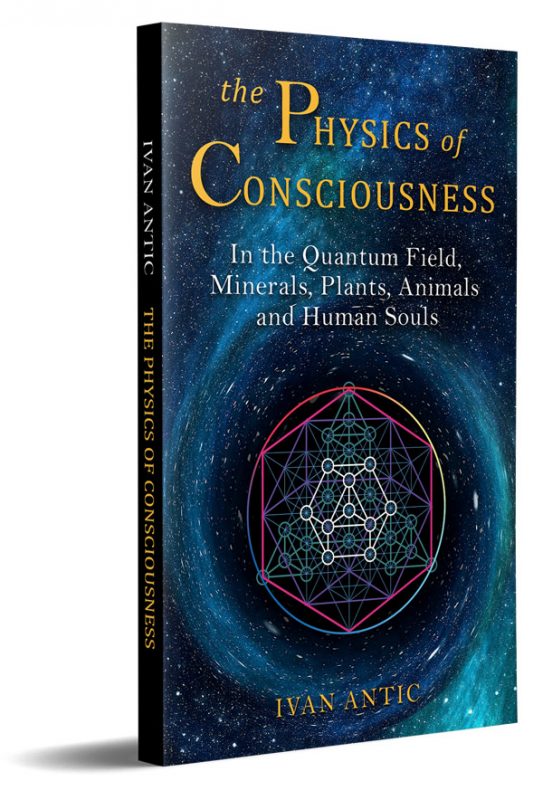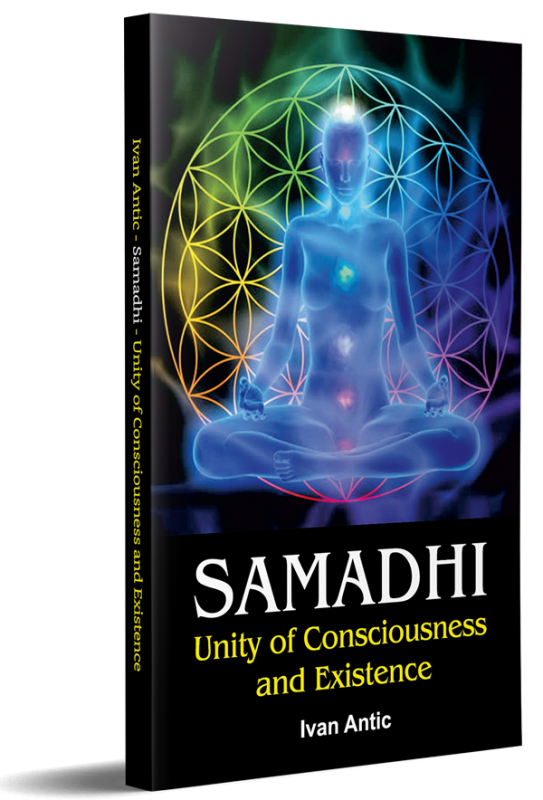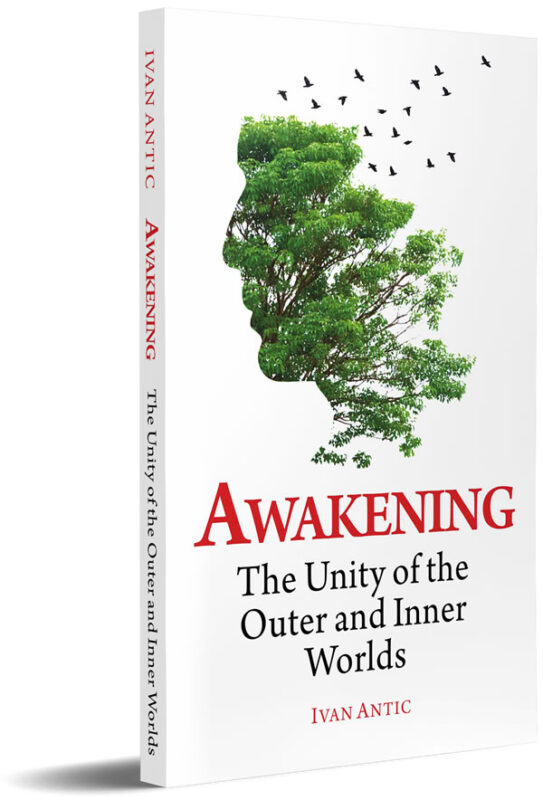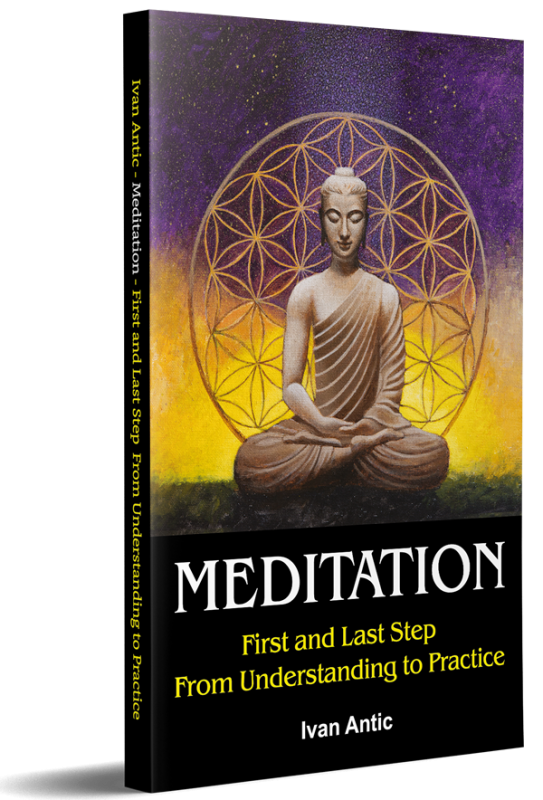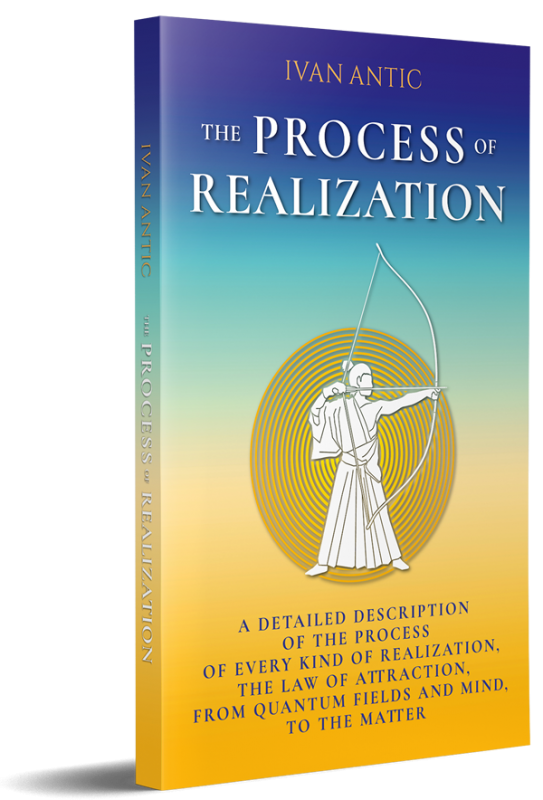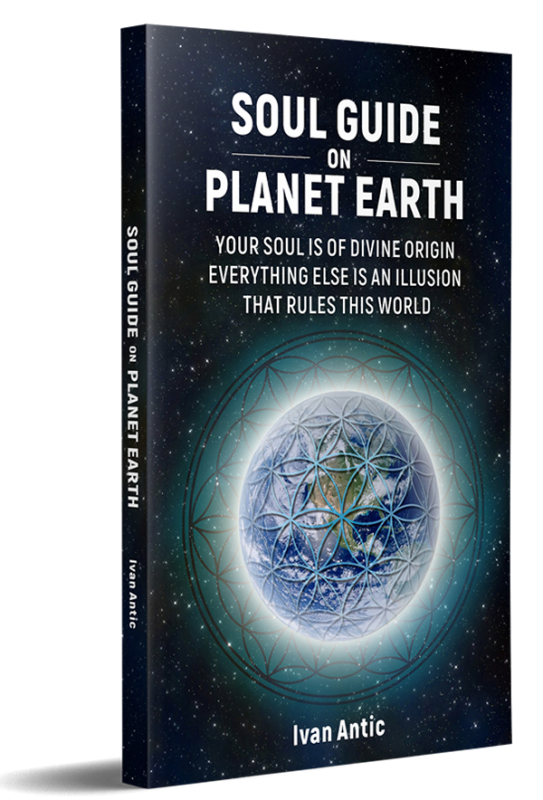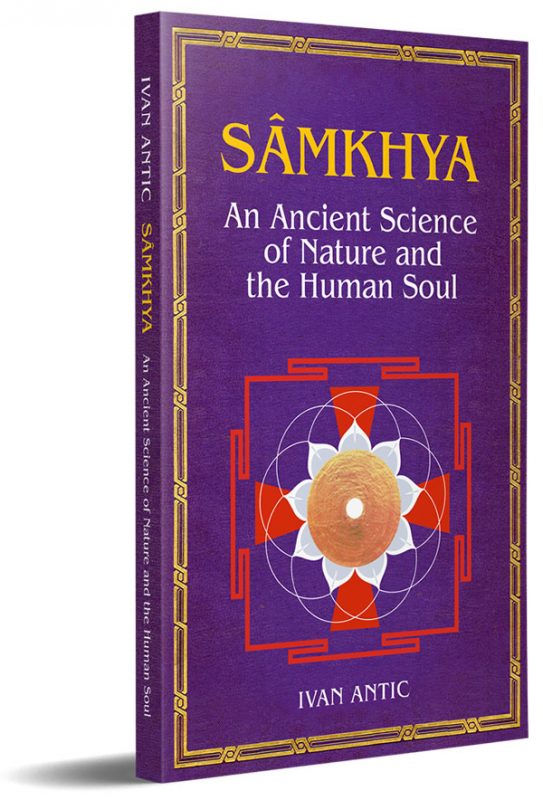
Samkhya is a theory of nature and consciousness that is older than the Vedas. The science of self-knowledge, yoga, is rooted in Samkhya and represents the practical application of its theoretical postulates.
Much of Indian philosophy is based on concepts found in Samkhya. Samkhya is at the core of not just Indian but also world spirituality, given that it is, in fact, the first fundamental ontology: the science of being and cognition. The basis of Samkhya lies in differentiating Purusha and Prakrti, that is, the human soul and nature, respectively. It is the oldest and clearest differentiation of consciousness.
This book not only presents the teachings of classical Samkhya, but also attempts to reconstruct Samkhya in its modern form, factoring in the contributions of science. We will come to learn that Samkhya is the oldest theoretical model of intelligent design, namely the teaching that consciousness (Purusha) is the basis of all creations in the universe (Prakrti), and that this same consciousness is the human essence or soul.
Samkhya demonstrates that in order to have a perfect understanding of the soul's transcendental consciousness, first and foremost, a perfect objective understanding of nature's entirety, in all its dimensions, is necessary. Proper understandings of nature and the soul's consciousness go hand in hand; the two cognitions are mutually intertwined.
It is also the goal of scientific progress to realize the complete manifestation of the soul's consciousness as an observable entity, which is only rendered achievable by a perfect understanding of the natural laws through science. Hence, it is only through this proper understanding of natural laws that a proper understanding of consciousness, namely the "Self", can be achieved.
Thus is the manner in which Samkhya reveals to us the common foundations of both science and the highest form of human spirituality.
The founder of Samkhya, Kapila, is mentioned in the Vedas as an already legendary figure, as the ‘first-born sage’ (rshi). Therefore, this teaching that has been handed down to us, as Samkhya is only a remnant of the oldest system of knowledge in the world. It’s roots go back to the pre-Vedic age, likewise for yoga, which originated from Samkhya. Yoga is the practical application of the theoretical underpinnings of Samkhya.
Much of Indian philosophy is based on concepts found in Samkhya. Samkhya is the first fundamental ontology: the science of being and cognition. The basis of Samkhya lies in differentiating Purusha and Prakrti, that is, the human soul and nature, respectively. It is the oldest and clearest differentiation of consciousness.
This book not only presents the teachings of classical Samkhya, but also attempts to reconstruct Samkhya in its modern form, factoring in the contributions of science. We will come to learn that Samkhya is the oldest theoretical model of intelligent design, namely the teaching that consciousness (Purusha) is the basis of all creations in the universe (Prakrti), and that this same consciousness is the human essence or soul.
Samkhya derives evidence through analysis of all the categories that nature comprises. This book gives the broadest and most modern analysis of the categories of nature in light of modern knowledge. Samkhya gives us a thoroughly modern understanding of all categories of nature (Prakrti) in all its dimensions and elements, whether organic or inorganic. Further, it provides an understanding of the nature of human personality (Aham-kara), which becomes fully realized through both in-body and out-of-body experiences. The human personality belongs to nature but also transcends it. It is an understanding of the nature of the intellect (Buddhi), which connects nature with the transcendental consciousness of the soul (Purusa).
Samkhya demonstrates that in order to have a perfect understanding of the soul’s transcendental consciousness, first and foremost, a perfect objective understanding of nature’s entirety, in all its dimensions, is necessary. Proper understandings of nature and the soul’s consciousness go hand in hand; the two cognitions are mutually intertwined.
It is also the goal of scientific progress to realize the complete manifestation of the soul’s consciousness as an observable entity, which is only rendered achievable by a perfect understanding of the natural laws through science. Thus is the manner in which Samkhya reveals to us the common foundation of both science and the highest form of human spirituality.
Samkhya differentiates consciousness about nature (Prakrti) from human essence (the Soul) from the broadest perspective, completely objectively and without metaphysical ramblings; without any symbolism or mythologizing.
The question about the impact of humans as conscious subjects on the nature of reality is not a modern question from experimental physics. This very question was asked by Samkhya thousands of years ago, and in a much more meaningful approach in contrast to today’s physics. The knowledge of Samkhya is so objective that is serve as a benchmark for today’s science.
Sâmkhya, as a true science, deals only with consciousness and the nature of existence. The science of consciousness, therefore, preceded all religions, and was called Sâmkhya. It was not theoretical science but rather an applied one, and that is why it gave rise to the scientific practice of systematic sanctification of man, yoga, which is summarized in Patanjali’s work Yoga Sutra.
This book demonstrates that Sâmkhya is the first science of man as a conscious subject and shaper of reality. It is still unsurpassed by modern approaches in its elegance.
Objective knowledge about man and nature, as given by the teachings of Samkhya, in this modern interpretation, are needed today more than ever in history.
~~~
Table of Contents
SCHEMATIC DESCRIPTION OF PRAKRITI CATEGORIES
INTRODUCTION TO SĂMKHYA
1. Basic notions of Sâmkhya
2. Transcendence is the ability to discern between the natural and spiritual in other traditions
3. Sâmkhya is an archaic model of transcendence through acknowledging the unity of consciousness and existence
4. Religions and the system of Sâmkhya
5. Name and origin
PURUSHA
PRAKRITI
1. Frequencies of manifested and unmanifested Prakriti
2. Causation
3. Emanation
4. Teleology of Prakriti
5. Gunas
6. Prâna
CATEGORIES OF PRAKRITI
MAHA – BHŰTÂNI OR THE DIMENSIONS OF NATURE
1. The structure of spacetime
2. Nature as a mirror
3. The nature of time
4. The vibratory characteristics of nature
5. All the dimensions of nature form our physical body
SYADVADA
The logic of parallel realities
TANMĂTRĂ
1. Informative fields
2. Non-organic beings
3. Why non-organic beings exist
Natural non-organic beings
Artificially created beings
Divine beings
Extraterrestrial beings
4. The cessation of influence of the non-organic beings
INDRIYĂNI Organic world and reason
AHAM-KĂRA
1. The principle of individuation or shaping
2. A complete personality
3. Will or intent
4. Action and nonaction of a soul that is a witness
5. Jiva – an individual soul
6. Seven phases of the awakening of a complete person – aham-kâra
MAHAT-BUDDHI
1. The final discernment between buddhi and Purusha
2. Awakening is an inversion of the outward and inward
KAIVALYA
EPILOGUE – Texts of classical Sâmkhya texts
Ishvara Krishna: Sâmkhya-kârikâ
Kapila: Sâmkhya-sűtrâ
BIBLIOGRAPHY
~~~


